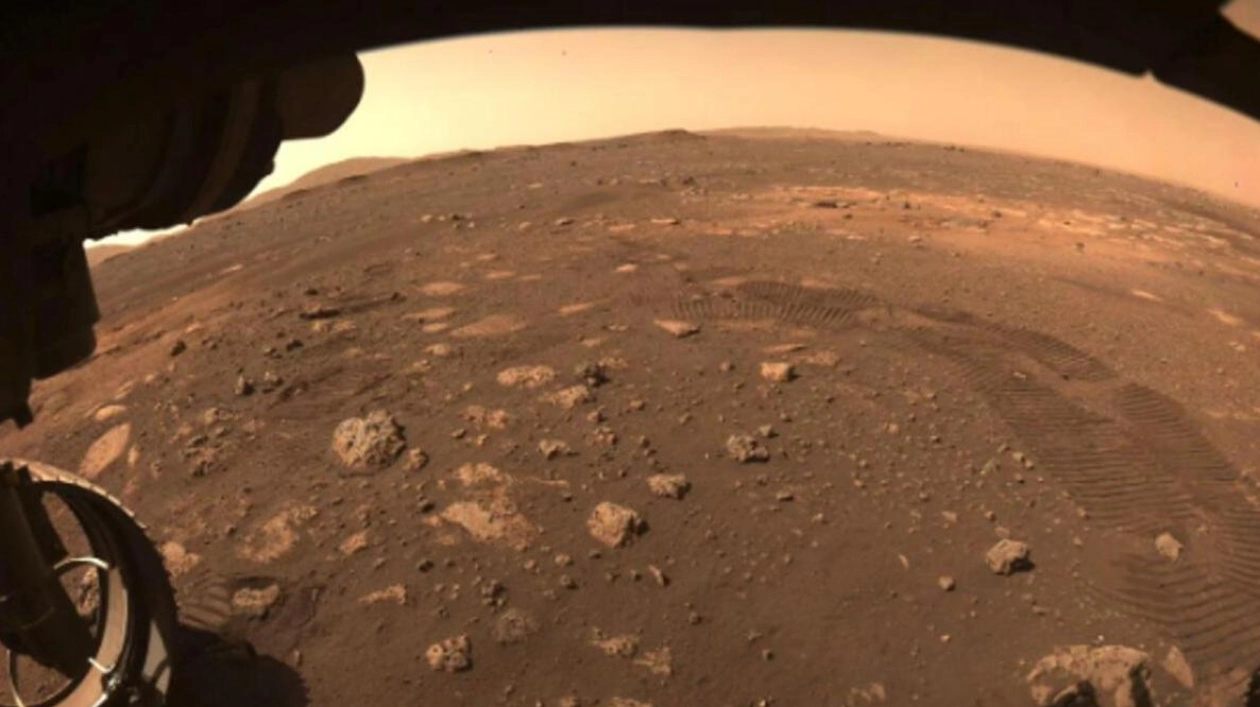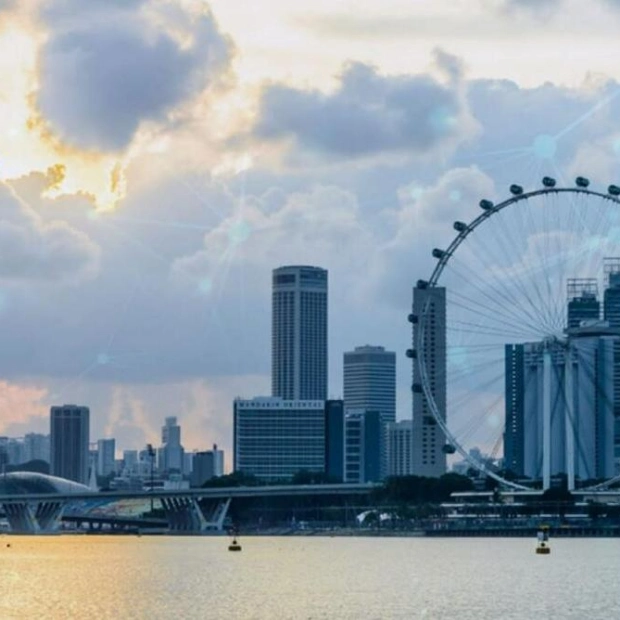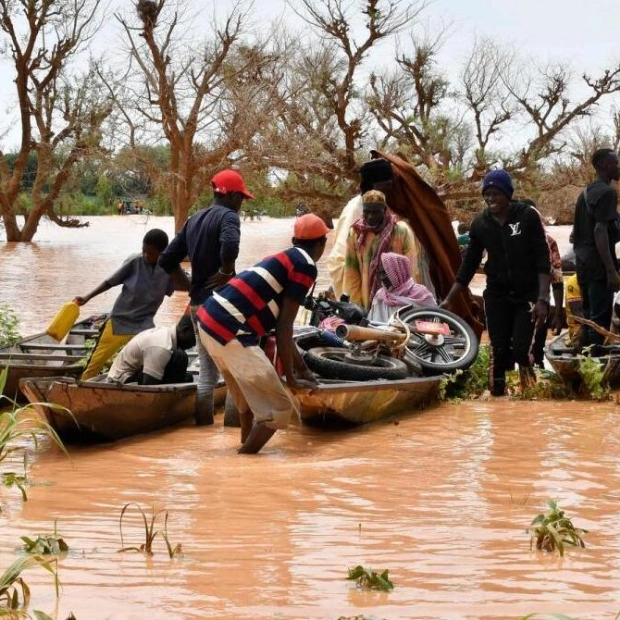Are you curious about what life on Mars might entail? Recently, four citizen astronauts returned to Earth after a year-long simulation of living on Mars. What is this project about, and what are its objectives? Could we be moving to another planet soon? Continue reading to learn about NASA's significant Mars mission.
In a series of three analog missions called Crew Health and Performance Exploration Analog (CHAPEA), NASA simulates Mars living conditions. Each mission lasts a year and involves four crew members residing in Mars Dune Alpha, with two backup volunteers. The simulated living space is a 1,700 sq ft 3D-printed habitat equipped with workstations, a kitchen, private quarters, two bathrooms, and areas designated for medical, recreational, fitness, and food cultivation purposes. This structure is situated at NASA's Johnson Space Center in Texas.
3D printing is utilized in this project as future space exploration might adopt this technology to reduce the need for extensive building materials on multiple flights, thereby cutting costs significantly. Below is a glimpse of the 3D-printed habitat shared by NASA:
What will life in Dune Alpha involve? The volunteers will perform simulated spacewalks. Living on Mars could be a significant departure from the comfort we enjoy on Earth, so crew members will also experience planned equipment failures, resource limitations, isolation, and other environmental challenges. These 'spacewalks' might include daily activities like personal hygiene, relaxation, meal preparation (from growing crops to eating them), exercising, and sleeping.
An analog mission is a field test conducted in environments physically similar to extreme space conditions, according to NASA. The Mars exploration analog missions each last a year and are scheduled as follows: NASA's first four volunteers in the Mars simulation completed their mission after more than a year in the isolated habitat. The mission concluded on Saturday, July 6.
According to media reports, NASA mentioned that the crew planted and harvested various salad crops to supplement their occasional shelf-food and were also engaged in environmental and equipment maintenance. Will we be traveling to Mars soon? While Mars is the only known place in the solar system where life might have existed, there is much to learn and explore before entering the red planet's atmosphere. Analog missions like CHAPEA assist scientists and explorers in preparing for extended missions. The data obtained from these human simulations will aid in planning for astronauts' needs on a round-trip mission to Mars, such as food system design and vehicle mass and volume requirements. Scientists worldwide are developing the technologies necessary for a successful round-trip mission, including a safe return to Earth.






